February 14, 2020
IMO 2020 is just the beginning
As is well-known to all, the industry has crossed into 2020 and hence the new low-sulphur rules are in effect. During 2019 there was much speculation as to how this would pan out, and the first month of 2020 has seen no shortage of commentary and analysis on actual developments in this early phase.
But rather than follow the usual track and look at the tactical issues of the level of new bunker fuel surcharges, the potential chemical issues stemming from blended fuels or short-term fuel shortages in key ports, let us look at the issue from a different angle.
IMO 2020 is clearly not the last time the industry will see new environmental regulation with significant impact. Long term, there is the issue of low-to-zero CO2 emitting vessels by the year 2050. But in the interim, there is plenty of additional regulation coming into effect, some of which is known and some of which is exceedingly likely.
As examples, the EU MRV legislation, which mandates the monitoring and reporting of CO2 emissions of vessels calling at EU ports, came into force in 2018. The global IMO DCS regulation on measuring and reporting fuel consumption came into force in 2019. Both apply to vessels greater than 5000GT. Once data monitoring and reporting are seen to be working, it is highly likely that this will result in some type of legislation aimed at reducing emissions.
What can we learn from IMO 2020 to make the implementation of future environmental regulations smoother and less “panicky”? Several aspects are clear.
The first step is an increase in communication to the actual cargo owners. The majority of shippers, even larger ones, only got to know about IMO 2020 towards the end of 2018. The shipping lines had basically not alerted them to this regulation before. For the shippers, it was therefore a sharp curve to suddenly discuss the implementation of substantial bunker fuel surcharges when this was felt to be sudden and unexpected. This further prompted many to quietly ask why the shipping lines hadn’t taken action several years earlier to make the transition smoother and more efficient.
The second part of the need for more effective communication pertains to the underlying reason for IMO 2020. Even to this very day in February 2020, it is not uncommon to find people in the industry who believe IMO 2020 is somehow related to global warming and CO2 emissions. Nothing could be further from the truth. IMO 2020 is about sulphur and purely focused on reducing the number of premature deaths in the world due to airborne sulphur particles. A recent Finnish study went as far as to demonstrate that if the IMO 2020 rules were postponed by 5 years – something there was a strong push to do – this would result in 570,000 premature deaths in the period from 2020-2025. Once again, the failure to communicate this very important point simply served to undermine the industry’s argument as to why this is a necessary thing to do even though it comes at a substantial cost.
Other lessons learned concern how the cost increases were addressed. The shipping lines experienced significant push-back on the way they had devised their new bunker formulas. There were two primary concerns. One was that the formulas were not transparent, and the other was that the lines’ formulas varied sharply from each other.
Making the formulas more transparent is critical, and this will only intensify going forward as all aspects of international business is becoming increasingly transparent. The fact that the formulas are now, objectively seen, more transparent than in 2011-2014 when the fuel price was also high, is not enough. However, the shippers also need to realize that close alignment of bunker fuel surcharges would quite simply be illegal in many trades. This is especially a result of the EU abolition of anti-trust exemptions for the ocean carriers – a development which was spurred on by shippers’ interest groups.
Where does this leave us? How should the industry approach the coming environmental regulations?
The shipping lines should, at a much earlier stage, start explaining to their customers what regulations are coming, and also why the regulations are being implemented. Keep in mind that the shippers’ do not follow the details of maritime law – the onus is on the carriers to inform in a timely fashion. Also, the shipping lines should start communications much earlier with the shippers to assess what level of transparency is needed in surcharge formulas (if indeed surcharges are even the right tool), and only upon this knowledge start devising their own commercial approach.
The shippers need to realize that the cost increases stemming from environmental regulations are going to continue. Environmental improvements which are linked to cost reductions, via fuel reductions, are something the carriers are already very good at. But the legislation on the horizon will largely address issues which come with a cost – and given the carriers financial results versus the costs involved, there likely is not a viable path forward apart from substantial parts of these costs being passed on.
Add new comment
2025 PARTNERS
A special thank you to our premium level partners for your continued support.


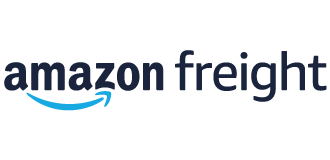


.png)
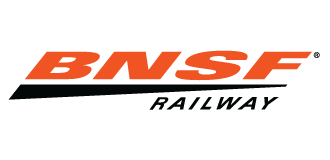
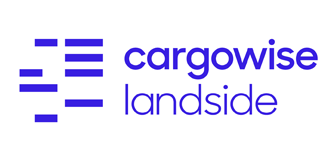

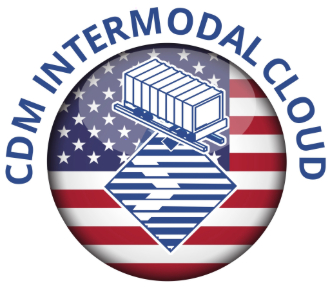
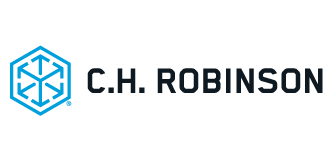

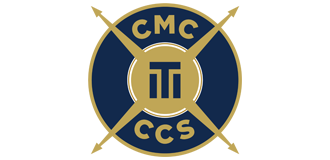




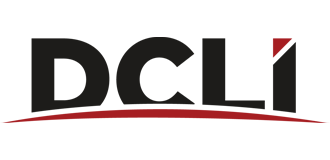
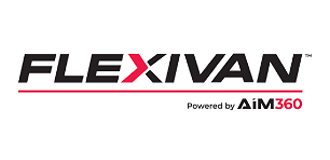




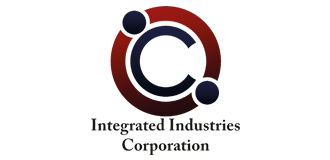
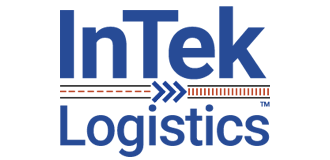
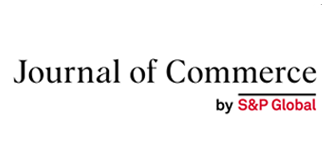


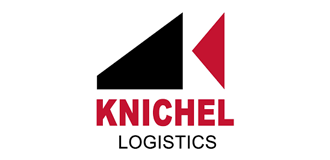

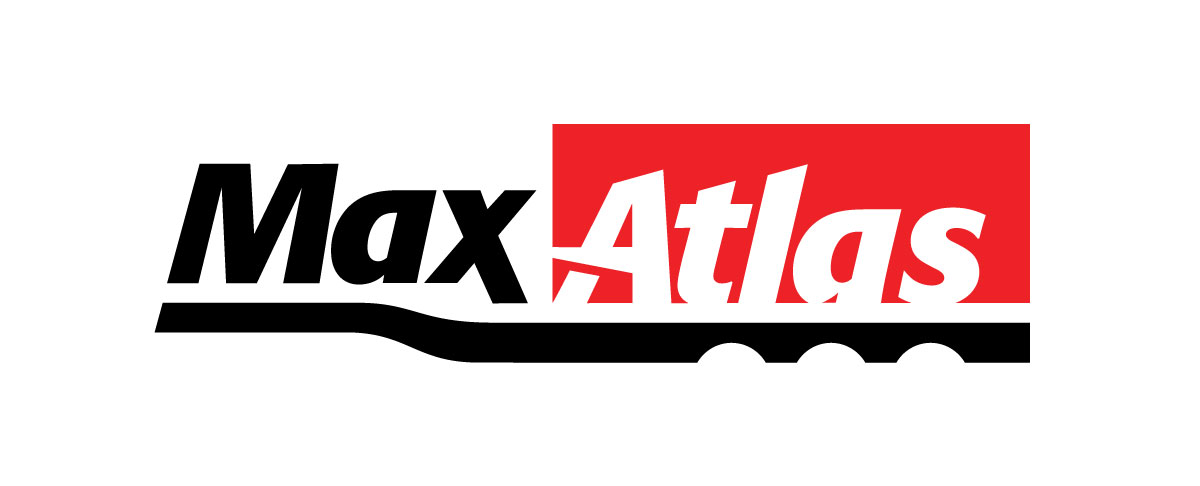

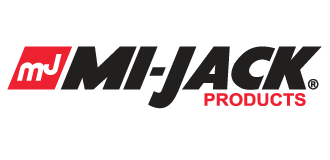
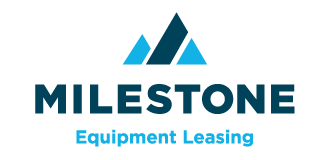
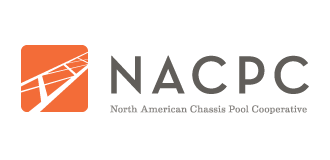
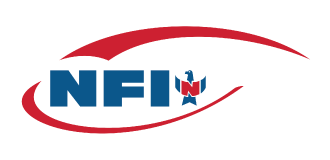
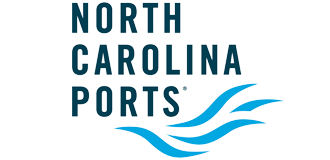




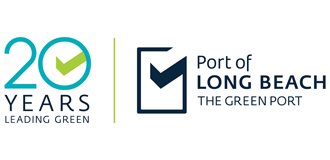

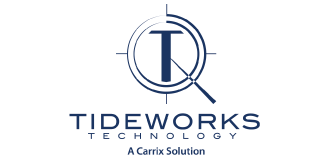

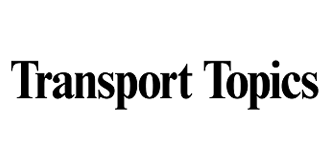



Comments